

waiting … waiting … waiting …
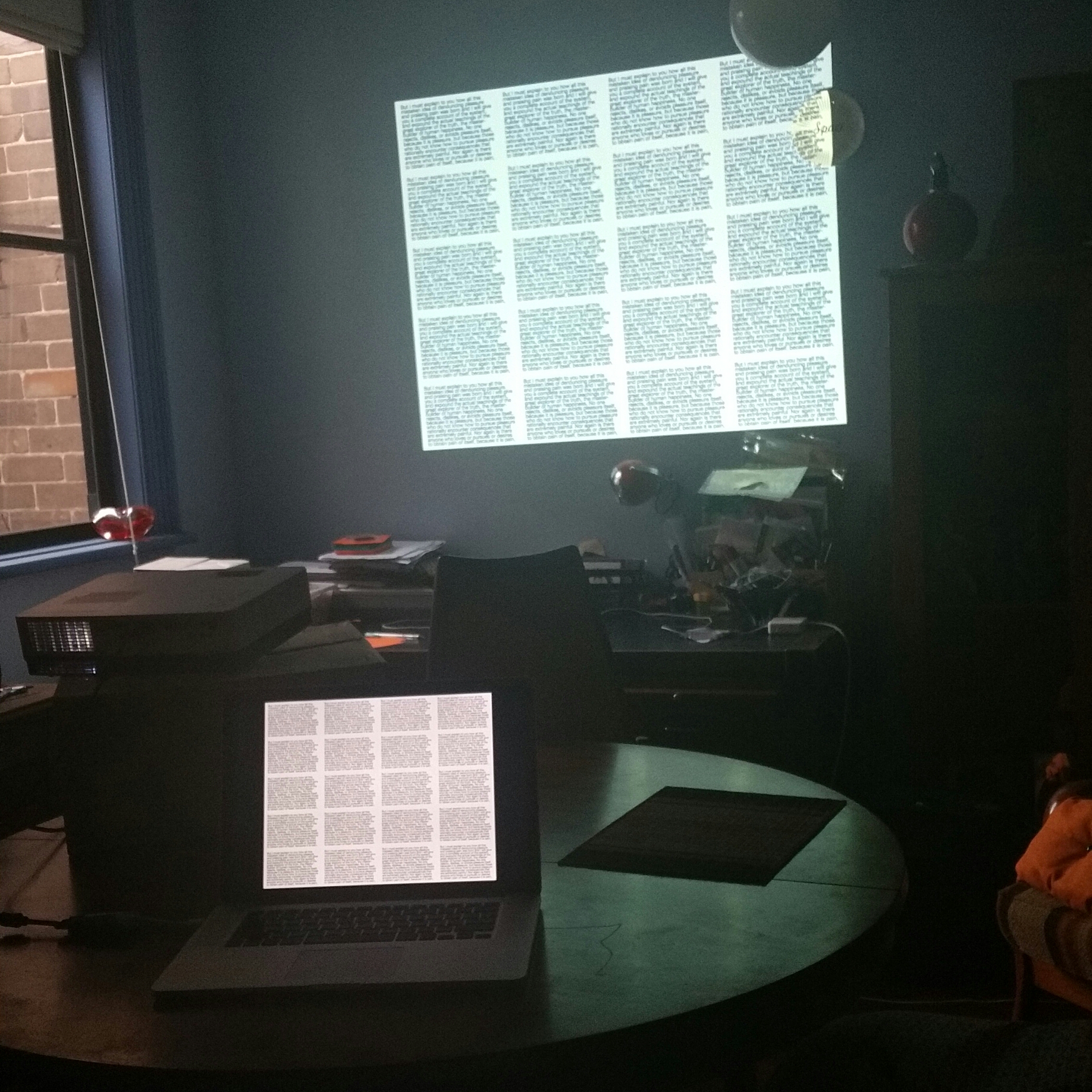
A new work has to start somewhere. Very basic proof of concept and readability tests. (This project actually started a long time ago but has taken a long time to get from concept to development)
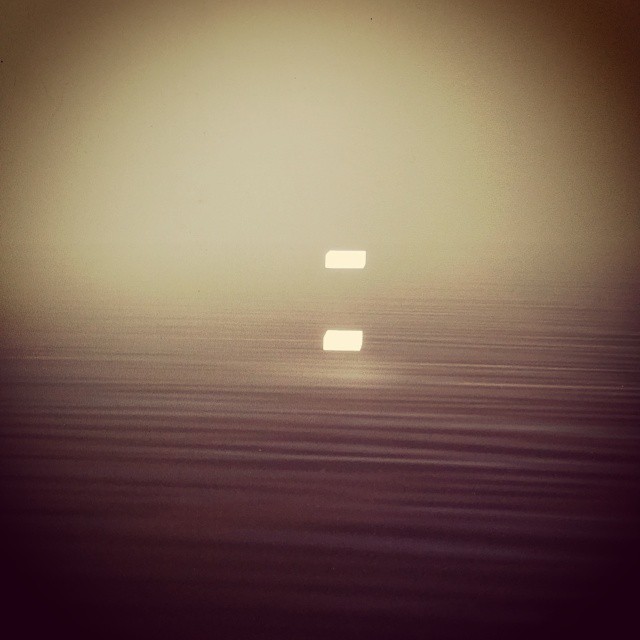
Screen test. #studio time. Just testing out a few ideas in #unity3d

#studio research

Back to the studio. #moleskinetower (well at least half of them are.) Looking for some inspiration in old notebooks. #newmedia #artist #art #sketchbook

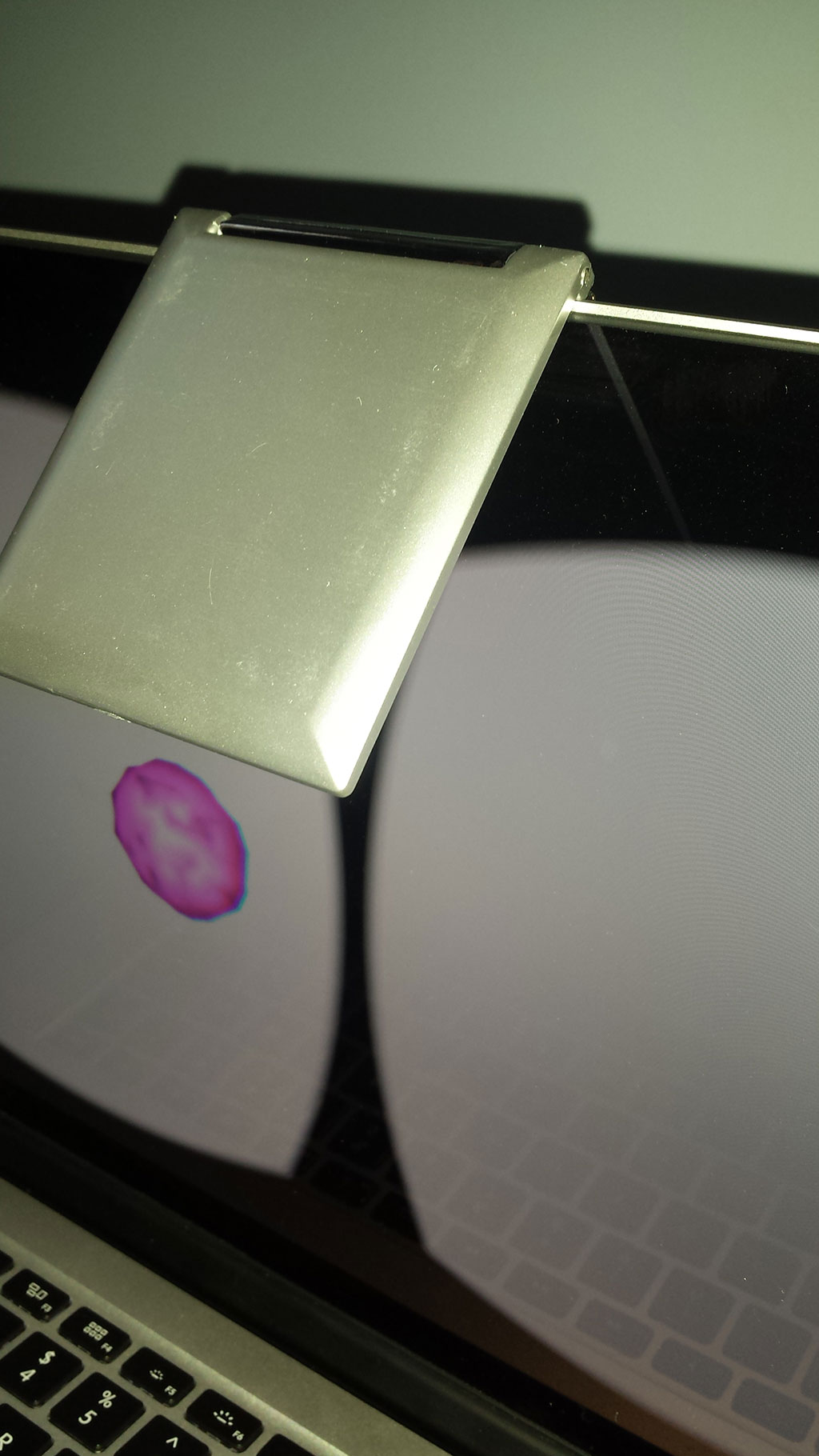

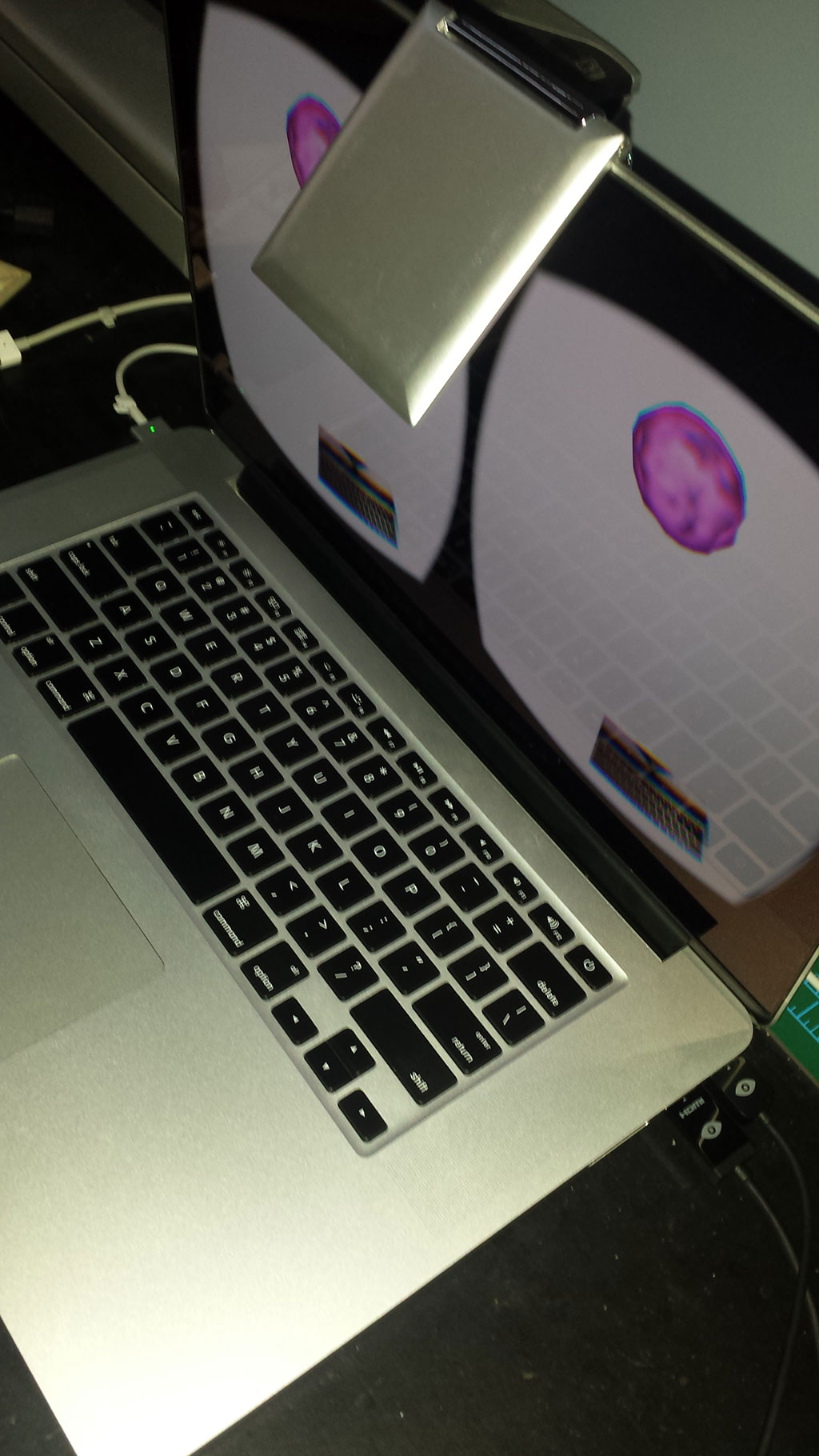
Inspired by BrianPeiris’ camera passthrough in his ‘rift sketch’.
A quick,” just want to try it out” test. In Unity add a live webcam input as a webcam texture on a plane and rig up a small mirror on the laptop’s inbuilt camera to feed the keyboard into the oculus VR environment.
Place the plane below normal horizontal field of view so a user has to look down to see the keyboard. Excellent for getting bearings on keyboard controls etc.
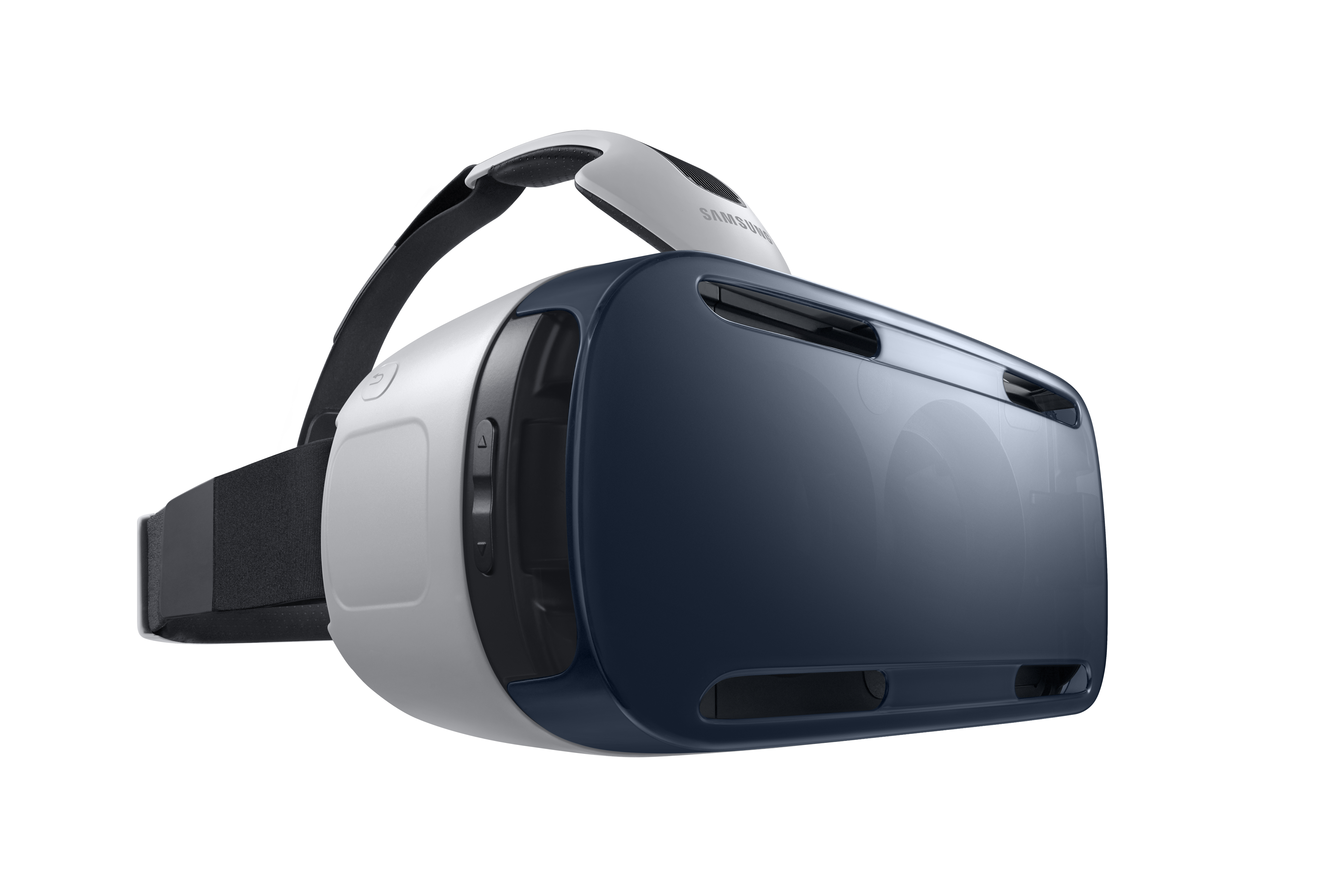
I had a play with the Samsung Gear VR today. Just the tech demos, but the head tracking was amazingly responsive, and lag free. The addition of the touch pad on the side of the unit will hopefully make it to the next build of the oculus rift - it adds direct user input to the device, and makes so much sense. What also makes sense is using the power of a phone instead of a connected computer, freeing the user of the umbilical connection. This feels like a tool that will be perfect for an exhibition environment. Any way, we will see in December (and at least I know what phone I will be upgrading to next).
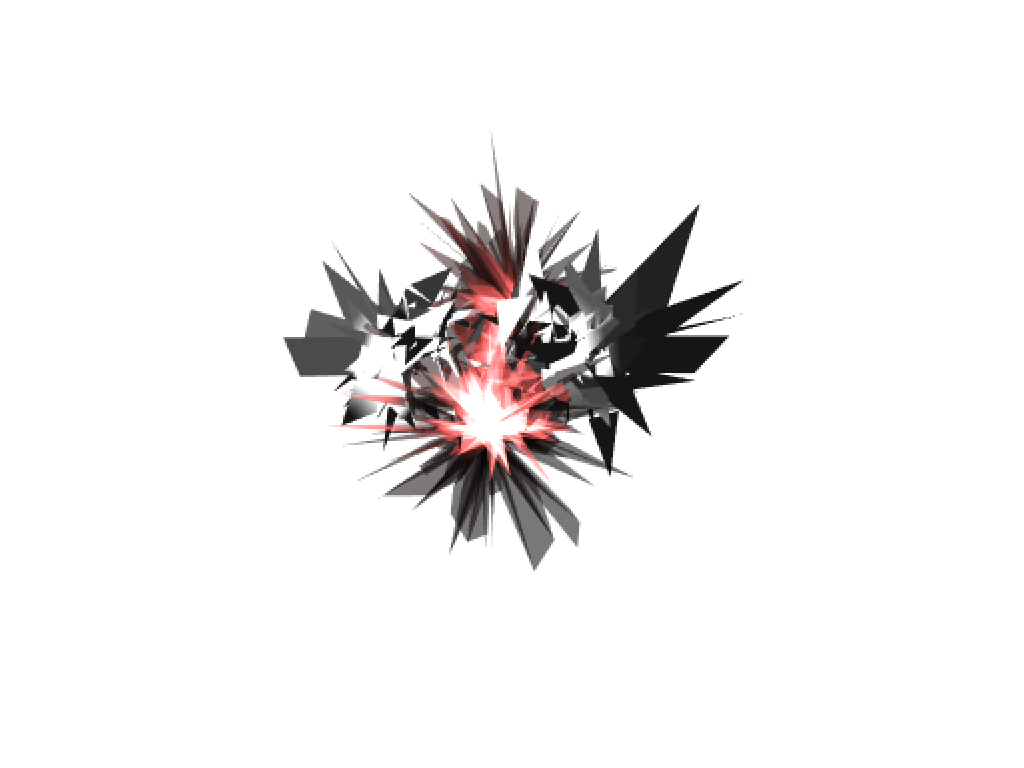
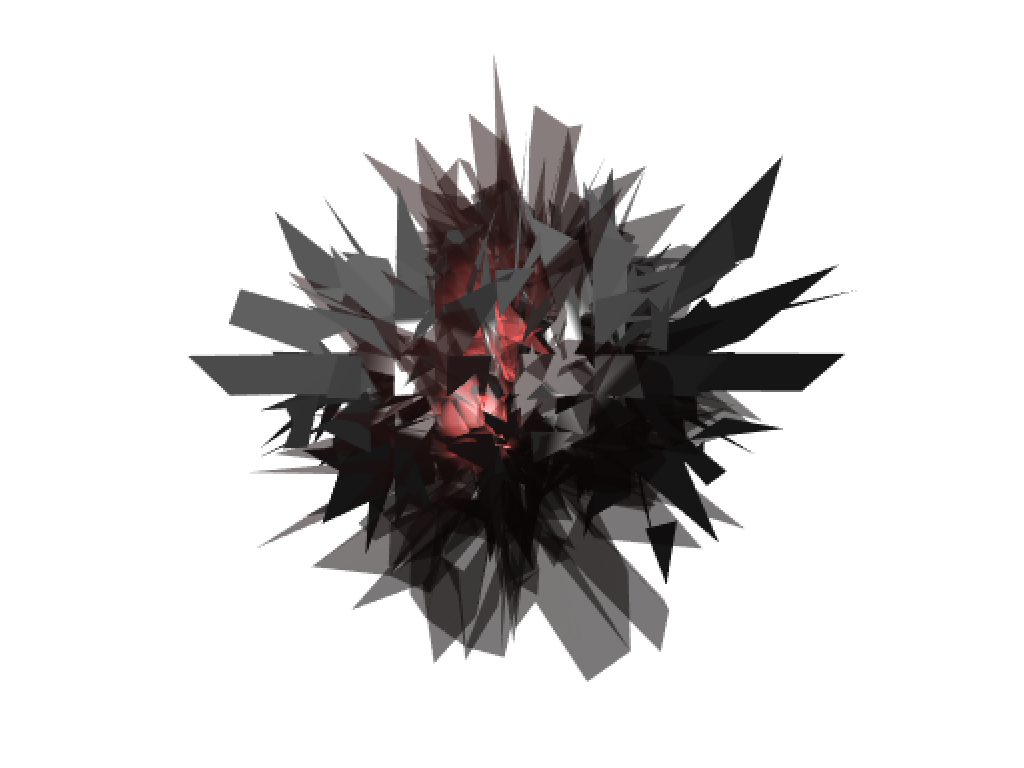
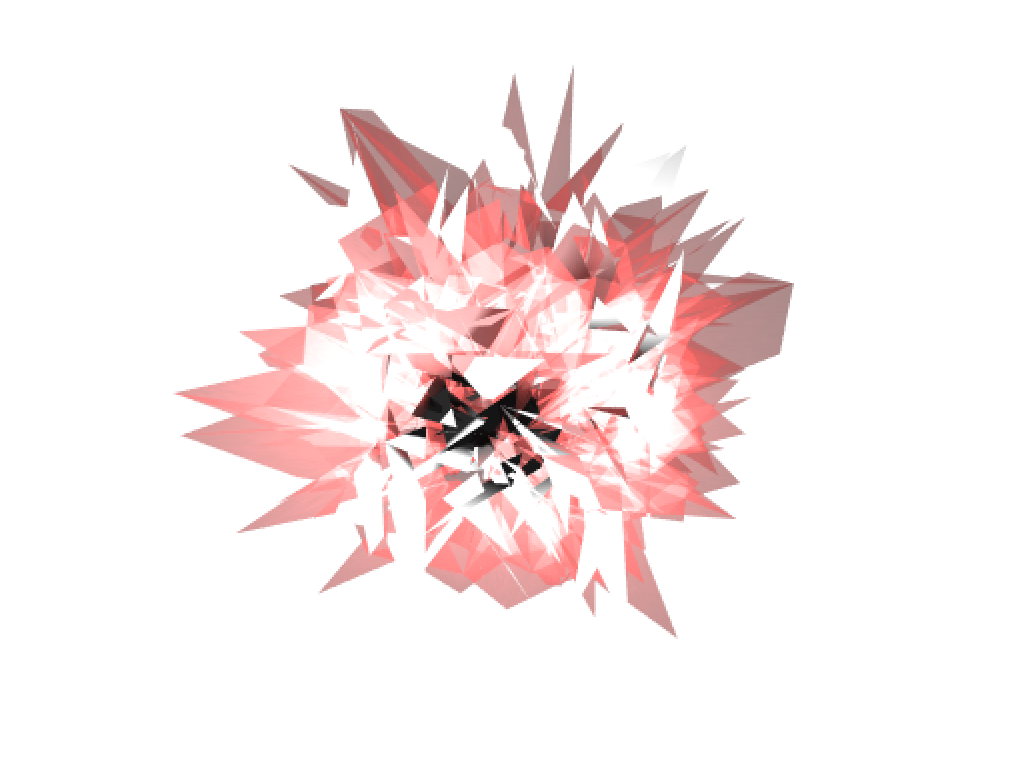
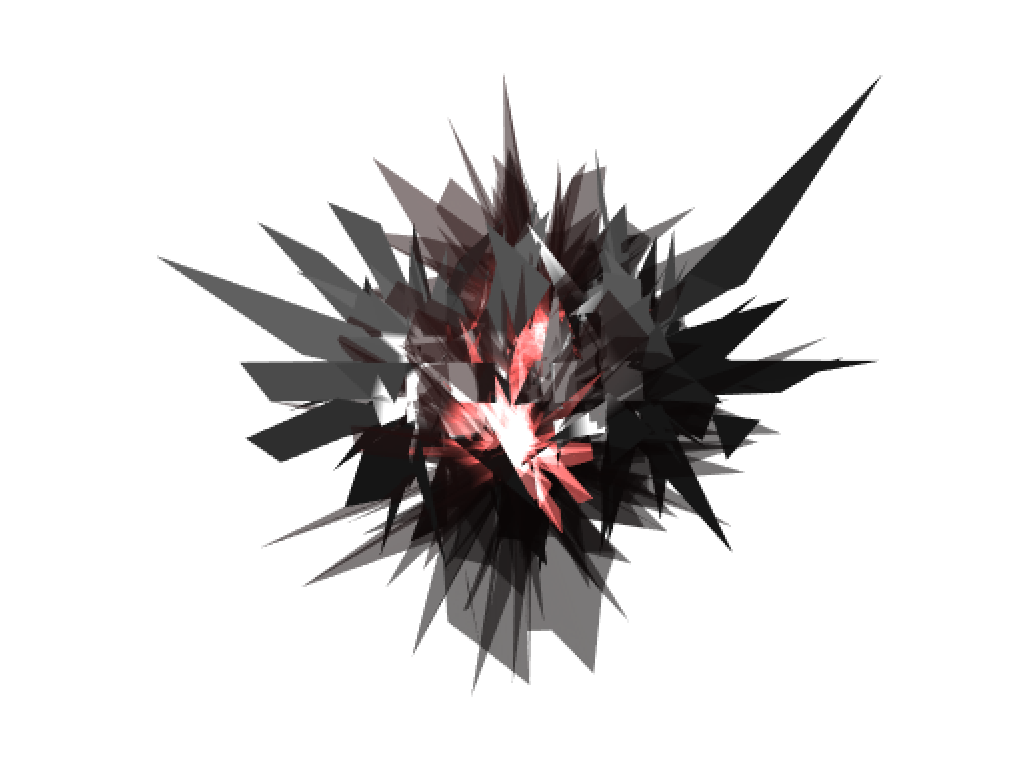
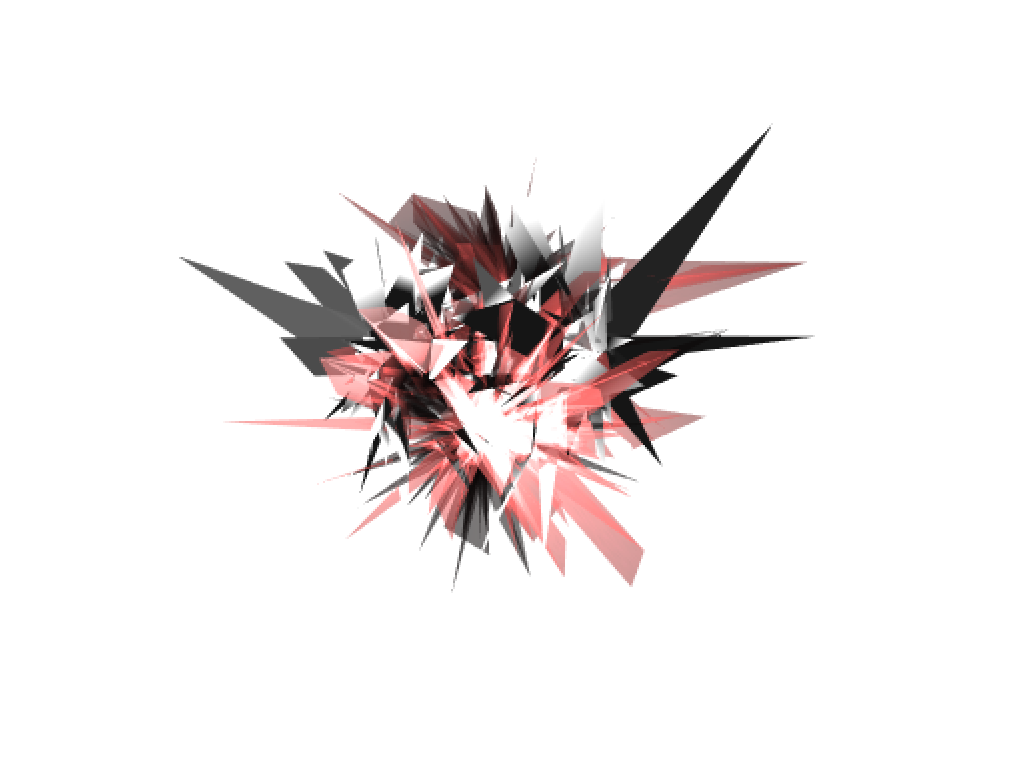
mnemosynaea> An a-life project : experiments with generative & evolved forms. (to be explored via oculus rift)
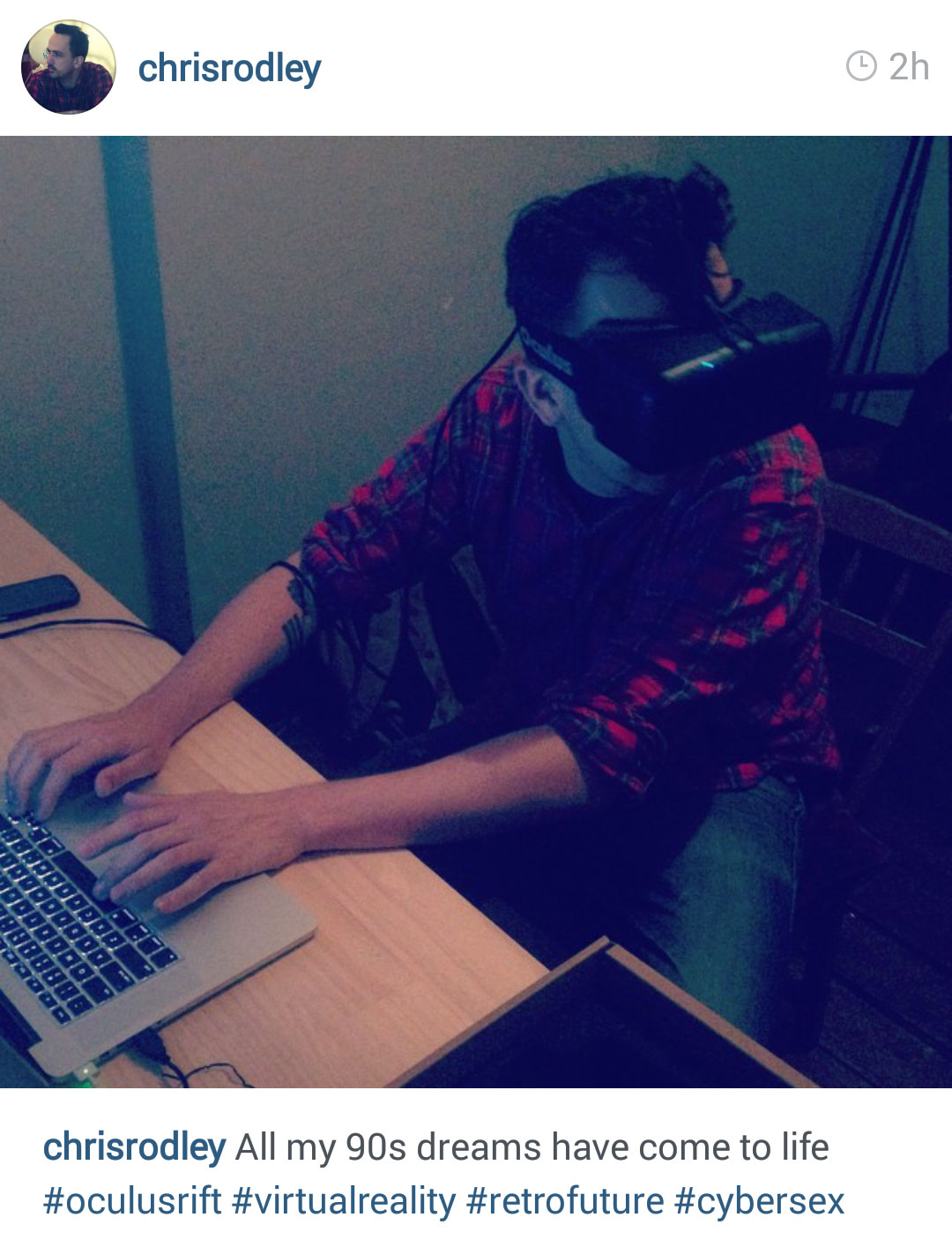
@chrisrodley and I testing the lay of the land. Quick immersion snap grabbed from instagram

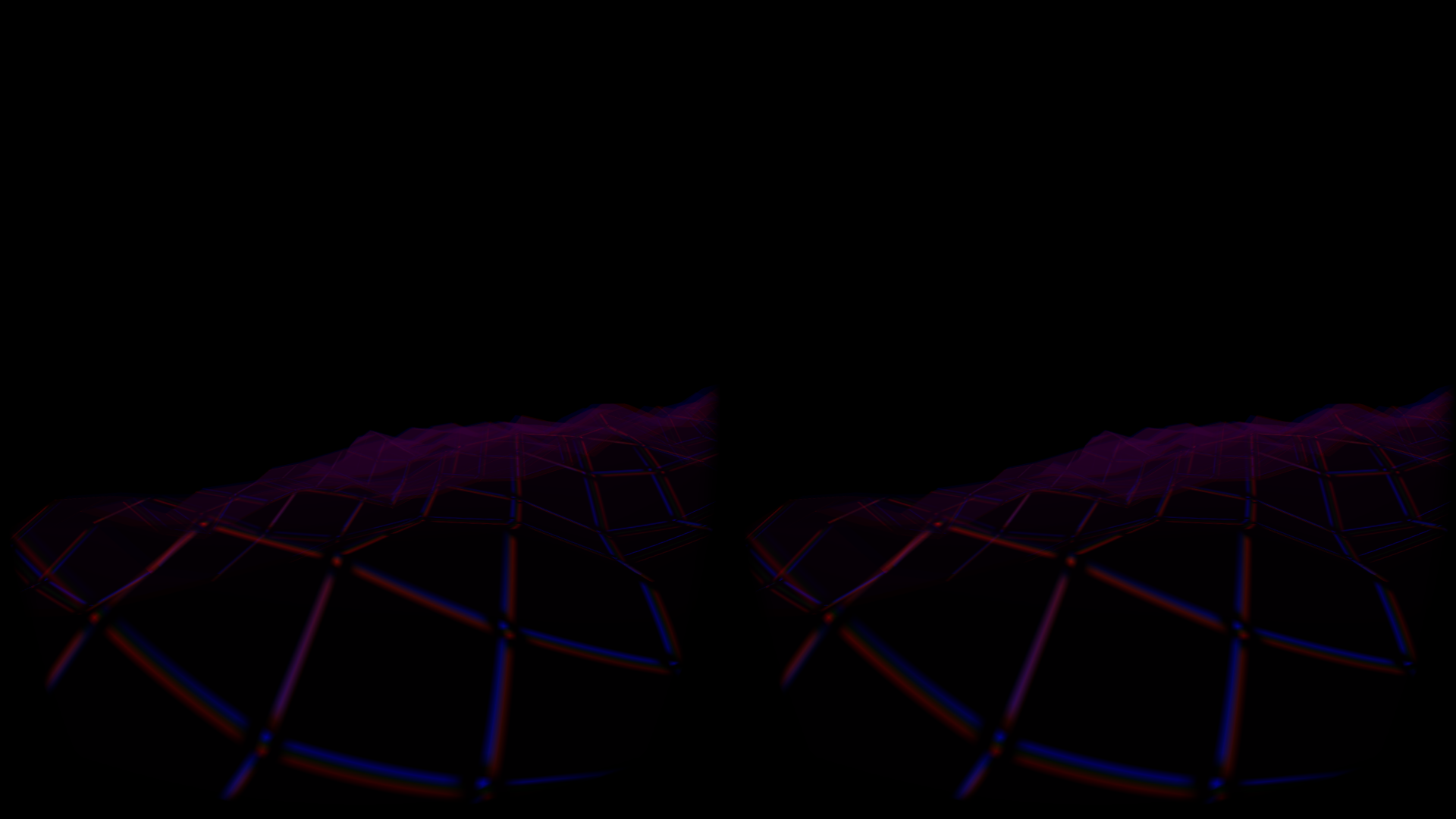
world building 101
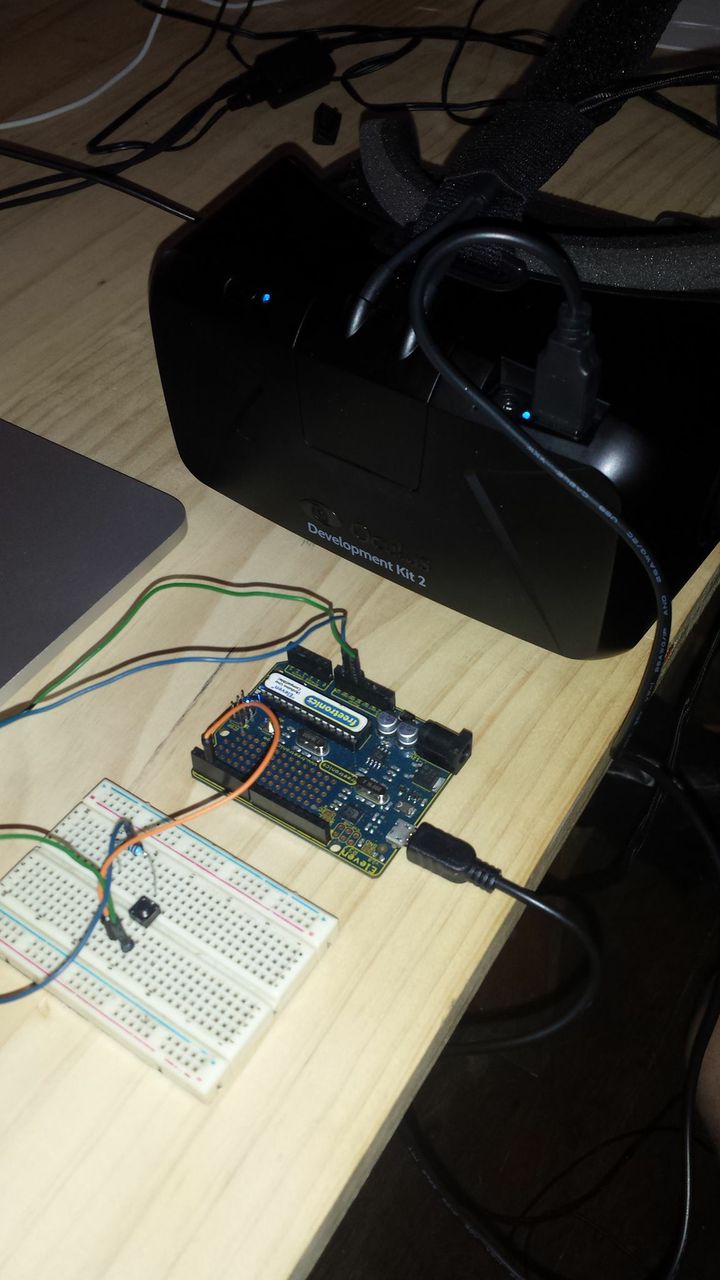
The Arduino communicates perfectly via the Oculus peripheral USB port. (not too useful with prototyping board attached but proof of concept works - button adds force to first person player controller)
code gist for controller scipt @ https://gist.github.com/clavis-magna/14863a3af4f5d9a50e72
Biennale Bar @ Pier 2/3 - programmed by dLux Media Arts (by biennaleofsydney)
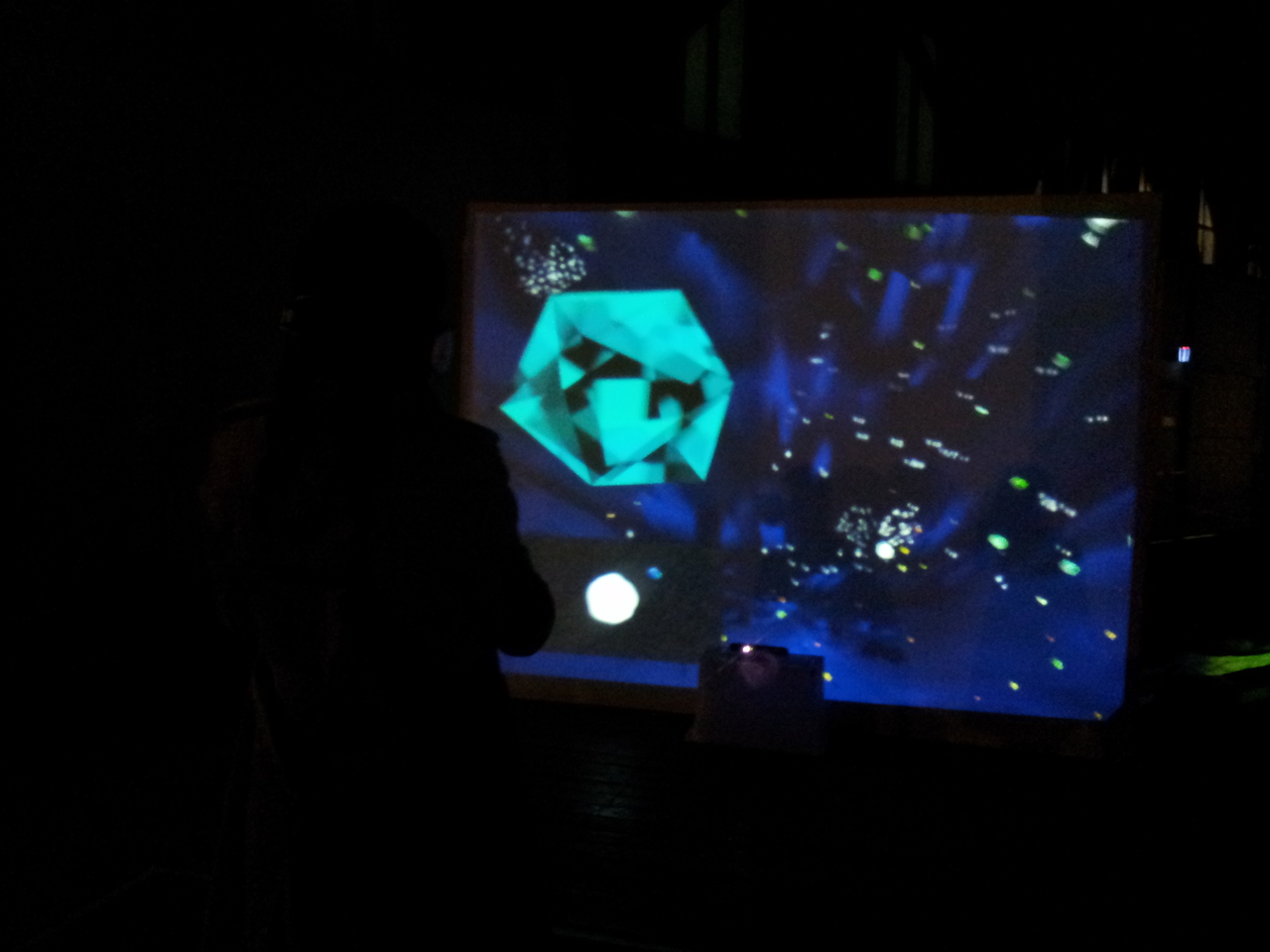
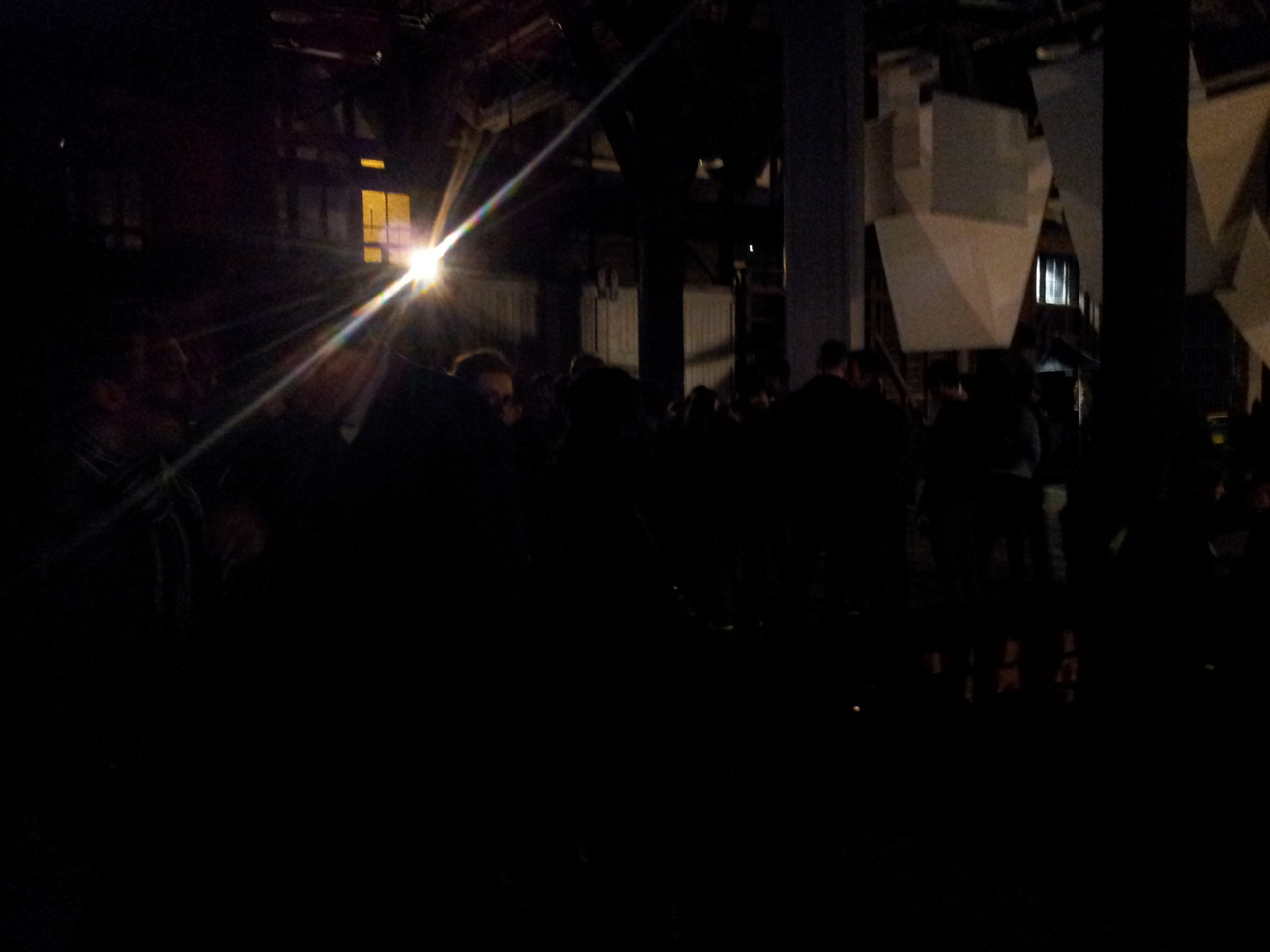

Augmentiforms at the Biennale of Sydney Art Bar, August 3, 2012 : part 2

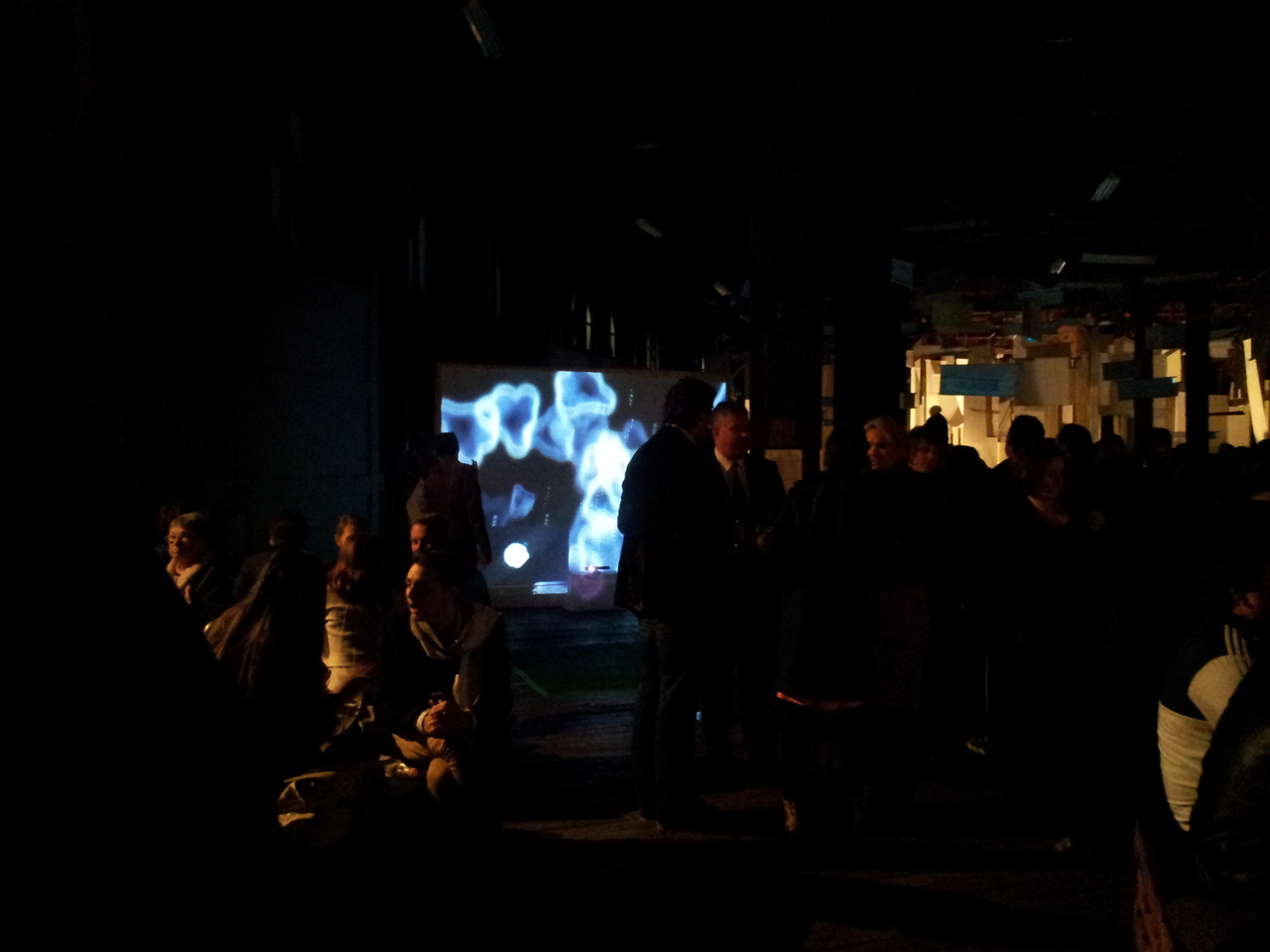
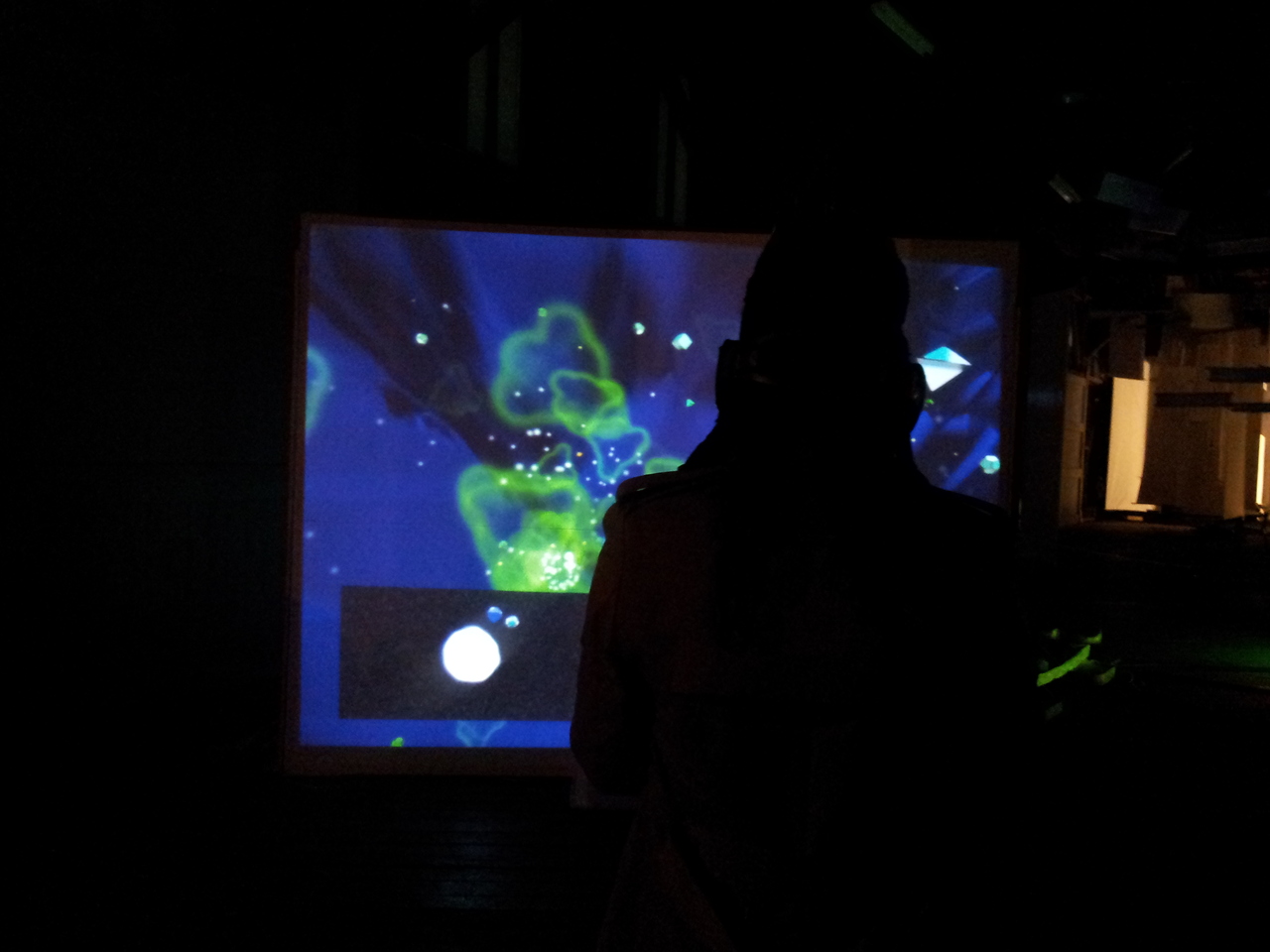
Augmentiforms at the Biennale of Sydney Art Bar, August 3, 2012

Sometimes the bump in the night may be closer than you first imagined…
New work and collaborations from Katherine Olston & Andrew Burrell
The exhibition, Nocturne is a compelling and eerie mix of childhood beasties and adult horrors projected onto the backdrop of the deep, dark Australian Bush.
Nocturne presents new collaborations by Katherine Olston and Andrew Burrell in response to their seven-day art residency in the near-ghost town of Glen Davis (population 27) in the Greater Blue Mountains National Park.
Through installation, sculpture and interactive real-time 3d, and with reference to both horror movies and children’s books, the artists explore notions of personal internal fears and anxieties projected onto the larger external space of the Australian Bush. The work focuses on the Australian Bush as both an environment to be explored and a construct of the ‘colonial other’. The Bush is often seen and portrayed (by this colonizing other) as a mysterious place, often dangerous and usually to be feared. When combined with the darkness of the night, the sense of fear associated with the Bush is compounded and the menace of the unseen can materialize into reality.
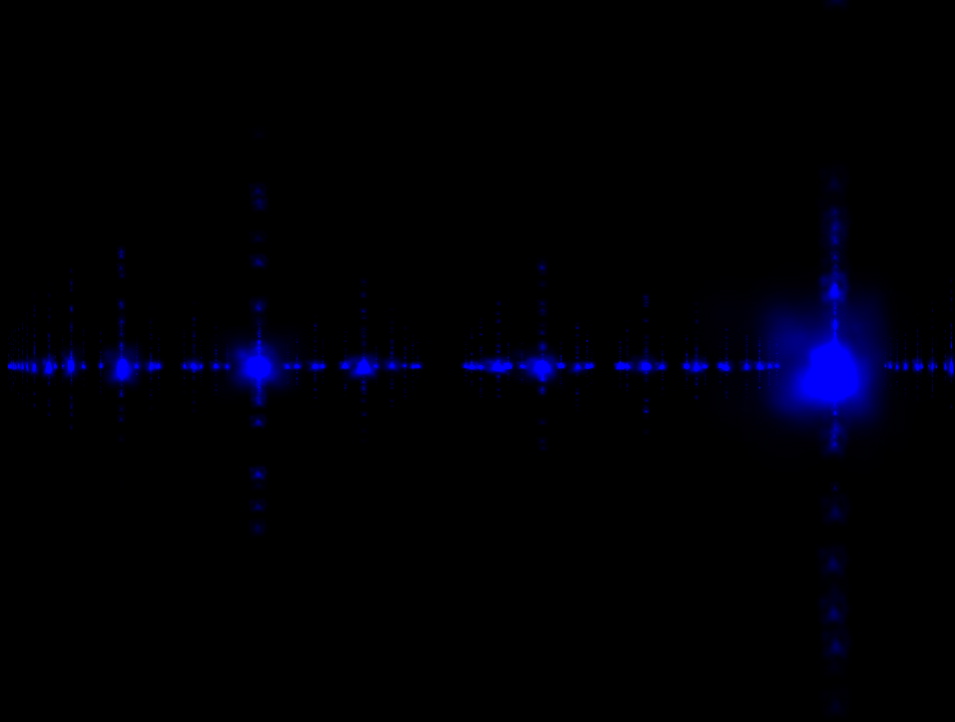
Nocturne: Screen Shot
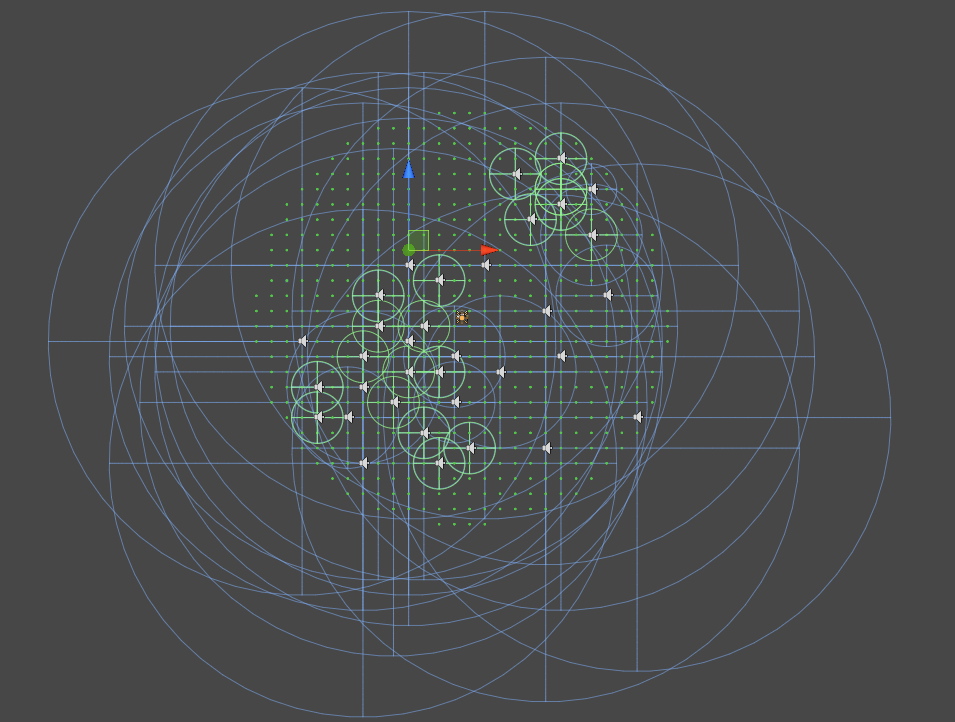
Nocturne : audio zones (work in progress)
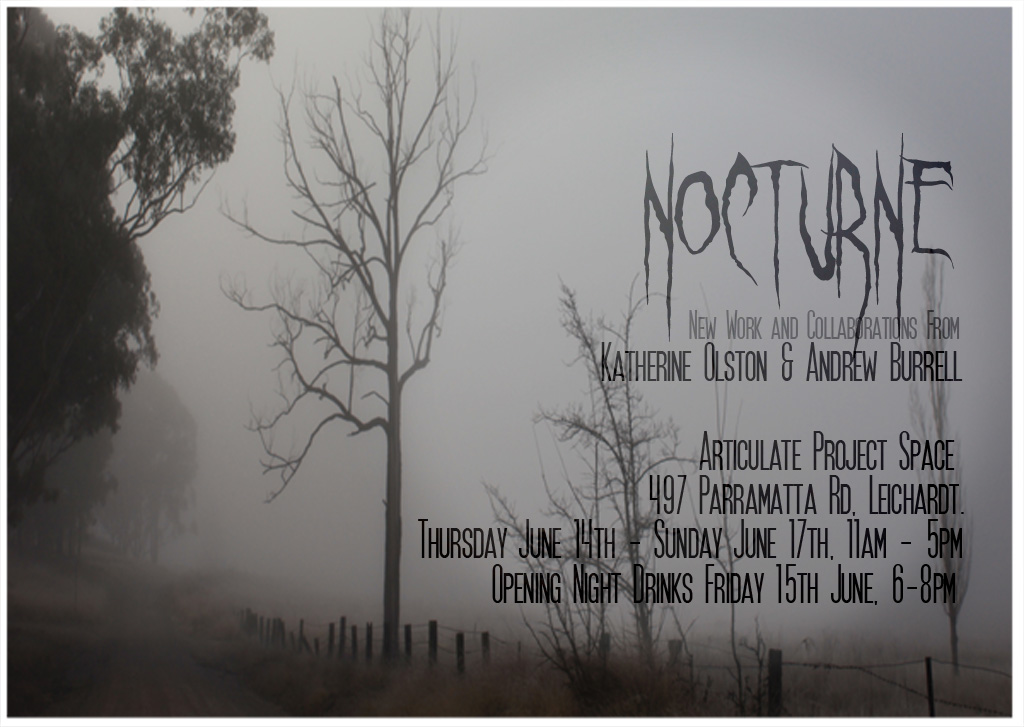
Nocturne Invite : 2012